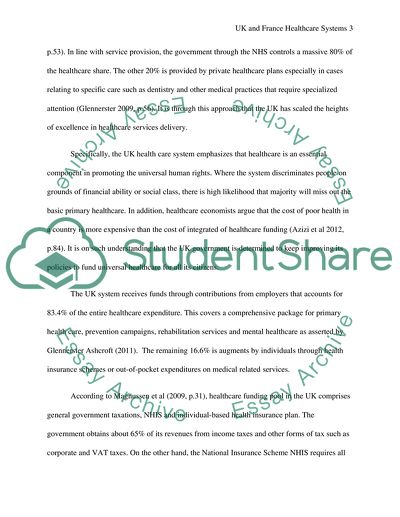Cite this document
(Comparative Analysis of the UK Healthcare System and France Healthcare Term Paper, n.d.)
Comparative Analysis of the UK Healthcare System and France Healthcare Term Paper. Retrieved from https://studentshare.org/health-sciences-medicine/1611847-compare-uk-health-care-system-to-france-health-care-system-a-lessons-for-uk
Comparative Analysis of the UK Healthcare System and France Healthcare Term Paper. Retrieved from https://studentshare.org/health-sciences-medicine/1611847-compare-uk-health-care-system-to-france-health-care-system-a-lessons-for-uk
(Comparative Analysis of the UK Healthcare System and France Healthcare Term Paper)
Comparative Analysis of the UK Healthcare System and France Healthcare Term Paper. https://studentshare.org/health-sciences-medicine/1611847-compare-uk-health-care-system-to-france-health-care-system-a-lessons-for-uk.
Comparative Analysis of the UK Healthcare System and France Healthcare Term Paper. https://studentshare.org/health-sciences-medicine/1611847-compare-uk-health-care-system-to-france-health-care-system-a-lessons-for-uk.
“Comparative Analysis of the UK Healthcare System and France Healthcare Term Paper”. https://studentshare.org/health-sciences-medicine/1611847-compare-uk-health-care-system-to-france-health-care-system-a-lessons-for-uk.


